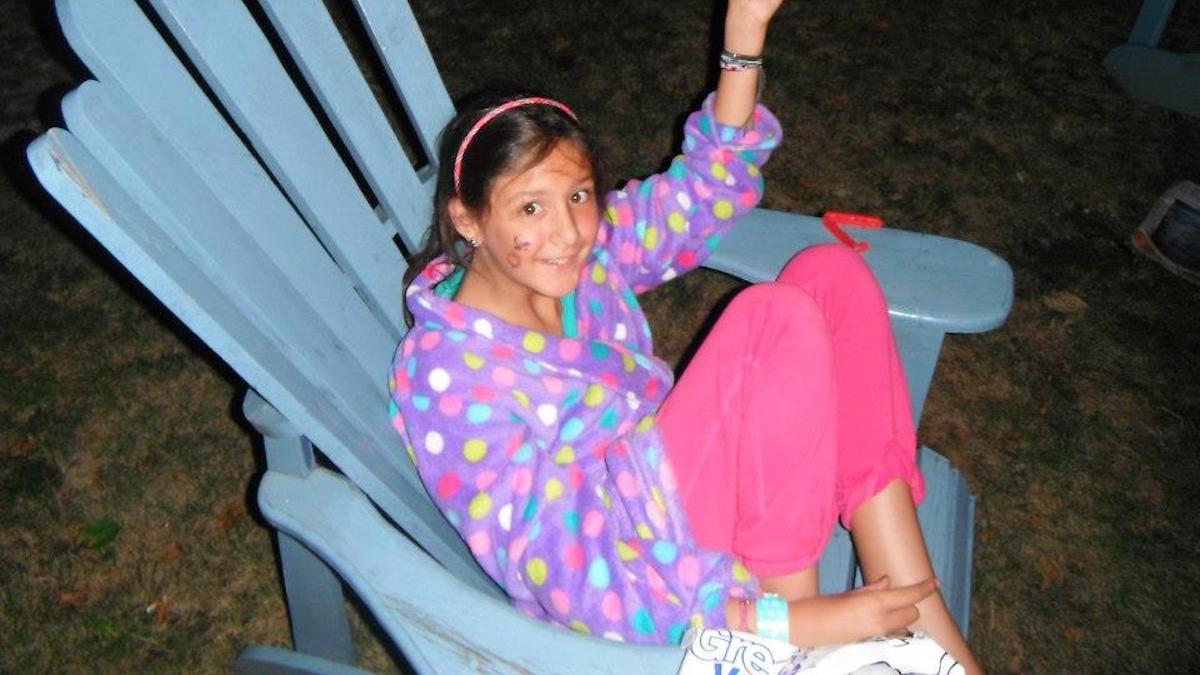One, two. One, two.

I’m eight years old and I’m biking around my neighbourhood. It’s recently developed, the sidewalks lined with new homes and mounds of dirt reserved for homes-to-be. I’m flying through the streets, counting in rhythm as my feet push the pedals — one, two, one, two — making sure it’s even. I’m going fast, wind whipping at my helmet, and as I round a curve, I lose my balance and my body hits the asphalt.
One.
I brush myself off and hop back on my bike. Then, on purpose this time, I fall off again.
Two.
I stand up and despite taking two falls, I feel better.
When you interact with the world like a broken calculator, the only thing worse than getting hurt is getting hurt an odd number of times.
When I was eight, I didn’t know there was a name for this; I didn’t even know it deserved a name. Thought patterns like this quickly took over my life, and it wasn’t until I was 19 that I spoke with a doctor who recognized I was experiencing obsessive-compulsive disorder, or OCD.
OCD is characterized by excessive perfectionism or rituals acted out in response to obsessive and intrusive thoughts. According to the Canadian Association for Mental Health, people with OCD “usually know that their obsessions are creations of their own minds,” but they’re almost impossible to kick.
This disorder manifests in different ways: some people experience compulsions related to an obsession with cleanliness; some experience this with order. Compulsions can be mental, such as repeating phrases, or physical, like completing tasks. They range in severity from quirky to debilitating. Treatment can include therapy, often alongside medication.
For me, compulsions come and go over time; they morph into one another and they flow. I don’t have control over what gets swept into my obsessions and what doesn’t …
For me, compulsions come and go over time; they morph into one another and they flow. I don’t have control over what gets swept into my obsessions and what doesn’t.
From age 5 to about 9, I kept a running tally in my head of every motorcycle I’d ever seen. I don’t care about motorcycles. I never have. But for the sake of Canada’s motorcyclist community, I had to make sure there were even numbers of vehicles on the road. (There were. You’re welcome.)
Aside from my obsession with evenness, one of the main drivers of my OCD relates to the passing of time. If I do anything — eat something, go somewhere, say a phrase, watch a show — around a time when something significant happens to me, that thing will be plagued forever and ever, and I will never be able to repeat it comfortably again. The more time passes, the more intense the anxiety gets.
In middle school, my crush gave me a pack of blueberry Brookside chocolates — a profoundly significant act at the time — so naturally, I couldn’t eat them for about a decade after. Unfortunately for me, they were a snack my mom bought often; my formative years were spent anxiously aware of my proximity to blueberry chocolate treats at any given moment.

The most recent iteration of this has taken shape in the sacred space of my childhood bedroom. I’ve had two bedrooms in my parents’ house: the one upstairs with a twin-sized bed, where I spent age 8 to 14, and the one in the basement with a queen, established at age 15 for more privacy.
After a couple of quiet and COVID-ridden Christmases, much of my extended family has travelled to spend the holidays with my mom, stepdad and me. I’ve sacrificed my spacious basement room for my aunt, uncle and cousin, leaving me with one very feasible, very normal alternative: the bedroom upstairs.
No. Nope. Absolutely not.
The last time I slept in there, I was 14 – do you have any idea how many significant things happened to me when I was 14? And I’m expected to just waltz in there like nothing happened?!
As I write this, I sit in my mom’s home office. It has a desk, some old furniture, and, in the corner, set up just for me, a borrowed cot. It’s hard and it hurts to sleep on. It’s out of place, and sometimes the work phone wakes me up early in the morning. But I’ve never slept in here before, so it’s not tainted yet.
This office has a perfect view of the street I used to bike on and the corner where I fell. It serves as a reminder of the kid I was, the adult I am and the quirks that will always follow me. I’m better now – I talk to a therapist, I take medication – but I am still me.




